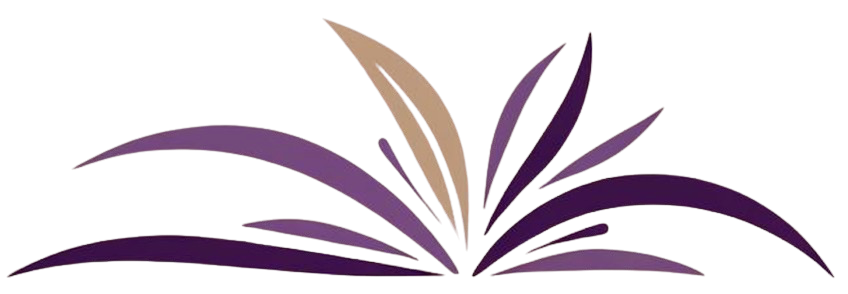How Russian Expresses “A” and “The” Without Articles
One of the first questions people ask when learning Russian is: Why doesn’t Russian have articles?
Words like “a,” “an,” and “the” do not exist in Russian, but this does not mean that the concepts of definiteness and indefiniteness are absent. Russian expresses them differently, using other grammatical tools.
In this article, we will look at how Russian handles the functions that articles serve in English, German, French, Spanish - particularly how it marks whether a noun is definite or indefinite.
Words like “a,” “an,” and “the” do not exist in Russian, but this does not mean that the concepts of definiteness and indefiniteness are absent. Russian expresses them differently, using other grammatical tools.
In this article, we will look at how Russian handles the functions that articles serve in English, German, French, Spanish - particularly how it marks whether a noun is definite or indefinite.
1. Word Order: Theme and Rheme
Russian word order is more flexible than in English, but this flexibility serves a function. One of the key principles in Russian syntax is the division between theme and rheme (also known as topic and comment, or given and new information).
Examples:
На улице спит кошка. - “A cat is sleeping outside.”
The location is known; the cat is new → indefinite
Кошка спит на улице. - “The cat is sleeping outside.”
The cat is known; the location is new → definite
This pattern can be observed in many basic sentences:
На столе лежит телефон. → “There’s a phone on the table.”
Телефон лежит на столе. → “The phone is on the table.”
By adjusting the order of elements in the sentence, Russian can shift the focus and convey whether the noun refers to something specific or something newly introduced.
Russian word order is more flexible than in English, but this flexibility serves a function. One of the key principles in Russian syntax is the division between theme and rheme (also known as topic and comment, or given and new information).
- Theme refers to information that is already known or assumed in the conversation.
- Rheme refers to new, important, or emphasised information.
Examples:
На улице спит кошка. - “A cat is sleeping outside.”
The location is known; the cat is new → indefinite
Кошка спит на улице. - “The cat is sleeping outside.”
The cat is known; the location is new → definite
This pattern can be observed in many basic sentences:
На столе лежит телефон. → “There’s a phone on the table.”
Телефон лежит на столе. → “The phone is on the table.”
By adjusting the order of elements in the sentence, Russian can shift the focus and convey whether the noun refers to something specific or something newly introduced.

2. Demonstrative and Quantifying Words
Although Russian does not have articles, it uses other words to mark definiteness or indefiniteness explicitly when necessary:
Один мужчина стоит у двери. - “A man is standing at the door.” → indefinite
Этот мужчина стоит у двери. - “This man is standing at the door.” → definite
Одна студентка читает книгу. - “A student is reading a book.” (first mention, indefinite)
Та студентка читает книгу. - “That student is reading a book.” (previously known, definite)
These constructions make the status of the noun explicit without relying on articles.
3. The Genitive Case as an Indefinite Direct Object
Another grammatical feature that helps convey indefiniteness in Russian is the use of the Genitive case as a substitute for the Accusative when the direct object refers to an indefinite or partial quantity.
This applies especially to uncountable nouns.
Examples:
Я выпил воду. → “I drank the water.”
(Accusative case, specific, definite)
Я выпил воды. → “I drank some water.”
(Genitive case as direct object, indefinite)
Similarly:
Мы купили сыр. → “We bought the cheese.”
Мы купили сыра. → “We bought some cheese.”
This alternation does not occur randomly. The use of the Genitive in place of the direct object clearly signals that the speaker is referring to an indefinite or partial quantity, in contrast to the complete, specific object marked by the Accusative.
So, these features allow Russian speakers to distinguish between definite and indefinite reference in ways that are contextually clear and grammatically embedded.
Although Russian does not have articles, it uses other words to mark definiteness or indefiniteness explicitly when necessary:
- Один / одна / одно - literally “one,” often used to introduce something new (like “a” or “an”)
- Этот / эта / это - “this,” used to refer to something specific
- Тот / та / то - “that,” referring to known or previously mentioned entities
Один мужчина стоит у двери. - “A man is standing at the door.” → indefinite
Этот мужчина стоит у двери. - “This man is standing at the door.” → definite
Одна студентка читает книгу. - “A student is reading a book.” (first mention, indefinite)
Та студентка читает книгу. - “That student is reading a book.” (previously known, definite)
These constructions make the status of the noun explicit without relying on articles.
3. The Genitive Case as an Indefinite Direct Object
Another grammatical feature that helps convey indefiniteness in Russian is the use of the Genitive case as a substitute for the Accusative when the direct object refers to an indefinite or partial quantity.
This applies especially to uncountable nouns.
Examples:
Я выпил воду. → “I drank the water.”
(Accusative case, specific, definite)
Я выпил воды. → “I drank some water.”
(Genitive case as direct object, indefinite)
Similarly:
Мы купили сыр. → “We bought the cheese.”
Мы купили сыра. → “We bought some cheese.”
This alternation does not occur randomly. The use of the Genitive in place of the direct object clearly signals that the speaker is referring to an indefinite or partial quantity, in contrast to the complete, specific object marked by the Accusative.
So, these features allow Russian speakers to distinguish between definite and indefinite reference in ways that are contextually clear and grammatically embedded.
JULY, 11 / 2025
© All Right Reserved. Daria Ledwon

